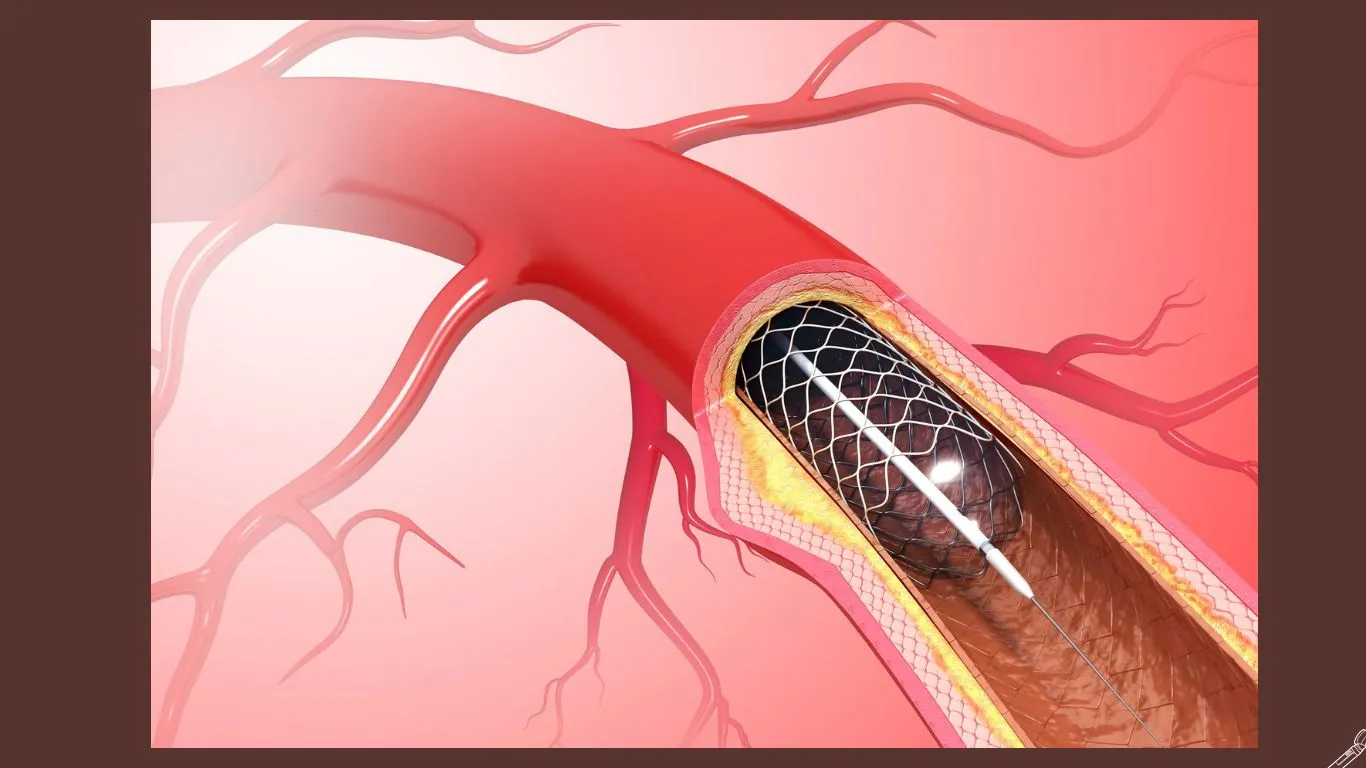
16 سبتمبر Treatment of blood clots with catheterization
Treatment of blood clots with catheterization is one of the therapeutic options to address blood clots that can form anywhere in the body, including the heart, legs, lungs, and brain. Catheter-based treatment for blood clots is a common approach, though it is not used in all cases of thrombosis; sometimes medications or treating the underlying health issue causing the clot may suffice.
In the forthcoming article, Dr. Amir Malkawi, a vascular surgery consultant, will elucidate aspects related to catheter-based treatment for blood clots.
Types of Blood Clots Treated with Catheterization
Several conditions involving clots in veins or arteries benefit from catheter-based treatment, including:
- Blood clots forming within the heart chambers due to weakened heart muscle.
- Deep vein thrombosis (DVT), significant clots within major veins of the legs or arms.
- Clots in leg or arm arteries, often stemming from arterial hardening.
- Thrombosis in veins resulting from kidney dialysis.
- Blood clots in the vessels of the intestines or portal vein of the liver.
- Some cases of strokes.
Preparation for treatment of Blood Clots with Catheterization
Prior to thrombectomy via catheterization, the following steps are crucial:
- Informing the doctor about all medications the patient is taking, as adjustments may be needed to prevent severe bleeding during the procedure, depending on the urgency of thrombectomy to prevent serious health complications.
- Arranging for close assistance post-procedure since the effects of anesthesia and the procedure itself may necessitate help with daily activities.
- Conducting a series of medical tests to accurately assess the patient’s condition.
Read More: What are the symptoms of vascular dilation?
How are clots treated with catheterization?
treatment of blood clots with catheterization involves the following principles:
- Insertion of a thin tube through a specific entry point in the body.
- Advancement of this tube or catheter to the location of the blood clot to perform one of the following procedures:
- Removal of the blood clot.
- Delivery of clot-dissolving medications to break up the clot.
- Placement of a small balloon or stent in the vein to help keep it open.
Recovery from Catheter-based Treatment of Blood Clots
The recovery instructions and duration after catheter-based treatment for blood clots depend on several factors, such as the location of the clot and the nature of the procedure performed. Typically, the doctor will prescribe anticoagulant medications to prevent the recurrence of blood clotting issues. Depending on the condition, the patient may need to stay in the hospital for several days after the procedure.
Additionally, the doctor may recommend the use of compression stockings to prevent the recurrence of blood clots, especially if the clot was in the deep veins of the leg.
Risks of Treatment of blood clots with catheterization
In general, the procedure is considered safe, but like any other surgical procedure, it may involve some risks, including:
- Detachment of the stent that may be placed at the site of the affected blood vessel.
- Unusual reactions to the medications used for anesthesia.
- Movement of the clot during the procedure and its migration to other parts of the body, increasing the risk of health complications.
- Postoperative bleeding.
- Infection at the surgical site.
- Damage to blood vessels during the procedure.
It is important to remember that choosing a skilled and competent doctor ensures satisfactory and effective results, and helps minimize possible side effects. Therefore, do not hesitate to consult with Dr. Amir Malkawi.
Frequently Asked Questions
Will I need to undergo catheterization again?
The need for another catheterization procedure depends on several factors, such as the likelihood of developing another clot and adherence to the doctor’s instructions to prevent blood clots. However, if another clot forms, it may necessitate repeating the procedure.
Does Treatment with catheterization require general anesthesia?
Some catheter-based clot removal procedures may require general anesthesia, but typically, the doctor may use a sedative medication during the procedure only.
References:
[1] – https://my.clevelandclinic.org/health/treatments/22897-thrombectomy
[2] – https://www.radiologyinfo.org/en/info/thrombo
[3]-https://www.riaendovascular.com/services/catheter-directed-thrombolysis-and-thrombectomy/
[4]-https://www.hopkinsmedicine.org/health/treatment-tests-and-therapies/surgical-thrombectomy
